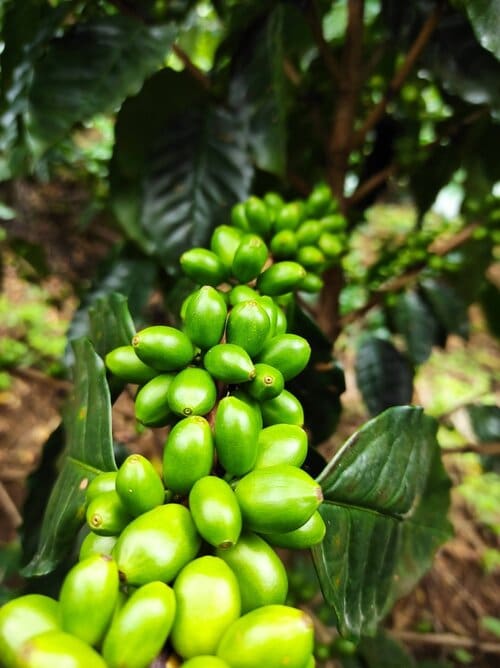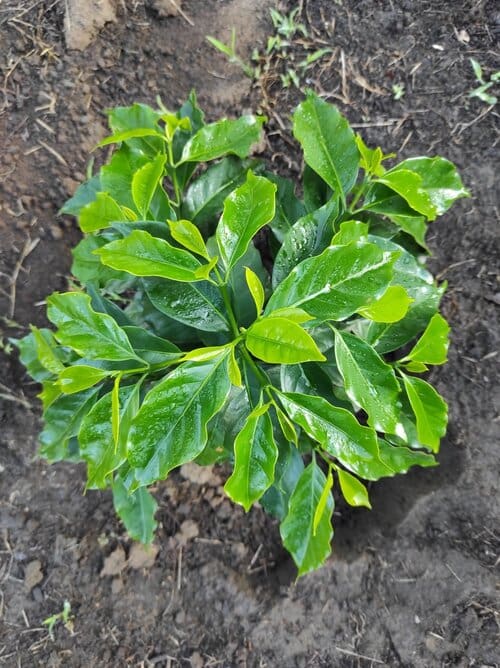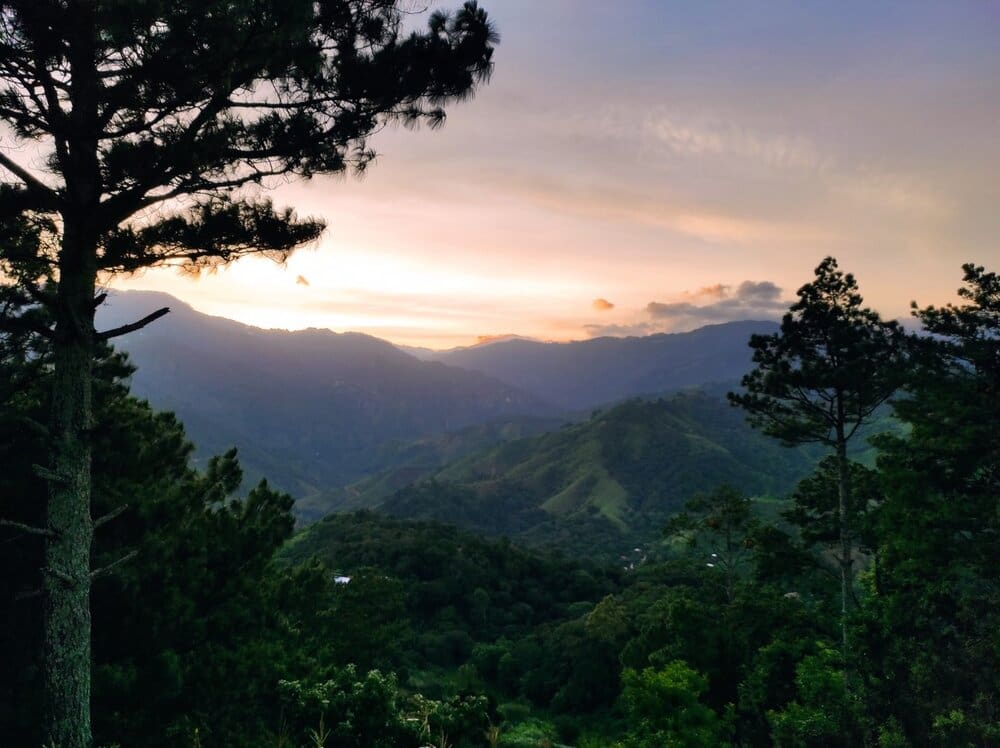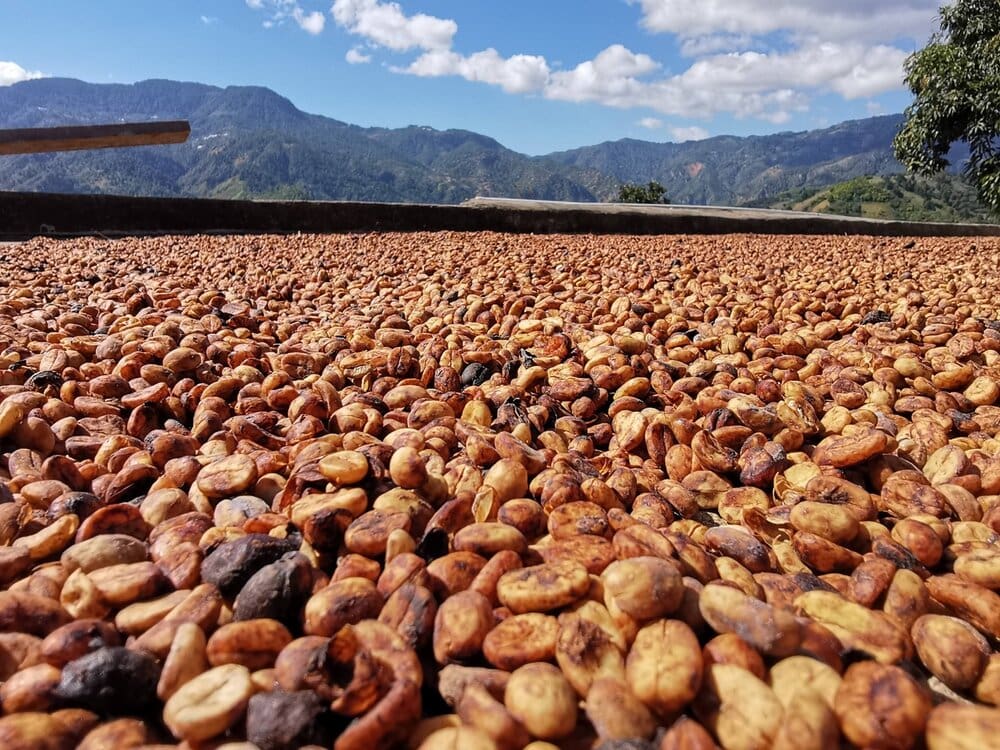Moises Hernandes, with his mother, runs Finca Cascaritas which spans 3.5 hectares of lots at an altitude of 1230 to 1300 meters above sea level.They work with several varieties, such as Parainema, Obata, Bourbon, Yellow Catuai, and others.
In addition to the pine trees that naturally predominate in the region, Moises and his mom have planted additional trees to generate sufficient shade in all parts of the plantation including American walnut trees, hazel pine, guamo and malcinca.
Moises embarked on the journey of preparing specialty lots being part of CAFESMO, a 280+ member co-op located in the south of Honduras near the country’s borders with Guatemala and El Salvador. This organization was established formally in 2016 and began exporting specialty coffee in 2018. CAFESMO members are committed to improvement and quality, which is supported by the co-op through workshops for new and existing producers to help them learn about their harvest, post-harvest processing, choosing the right varieties for their farm, and more.
The Red Honey Anaerobic of this lot of Yellow Catuai begins with washing, followed by classification to separate beans by density. Pulping removes the outer pulp, and anaerobic fermentation occurs in plastic barrels for 42 to 48 hours. After fermentation, the coffee is dried on raised beds or sieves for 10 to 15 days until reaching 11 to 12% humidity. Subsequently, a physical-sensory analysis is conducted in the laboratory to assess quality attributes. This rigorous procedure ensures batch consistency across multiple evaluations.





